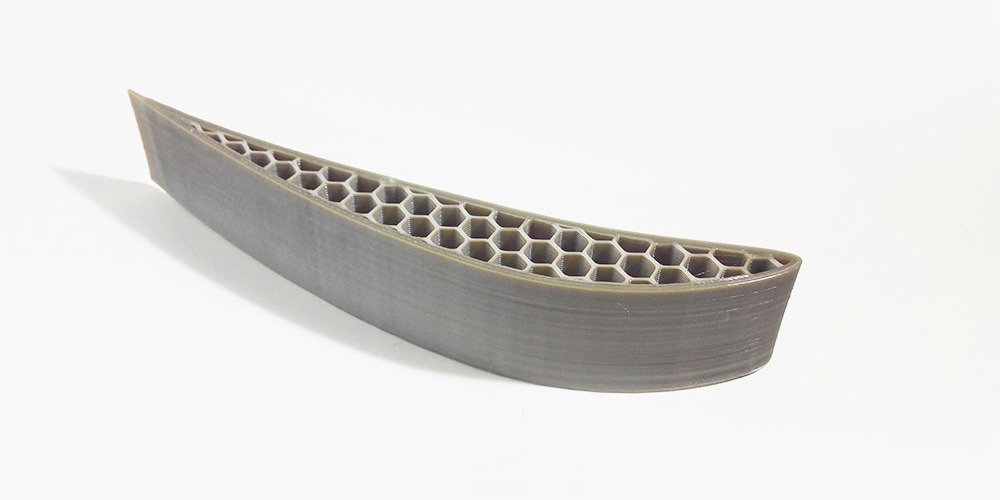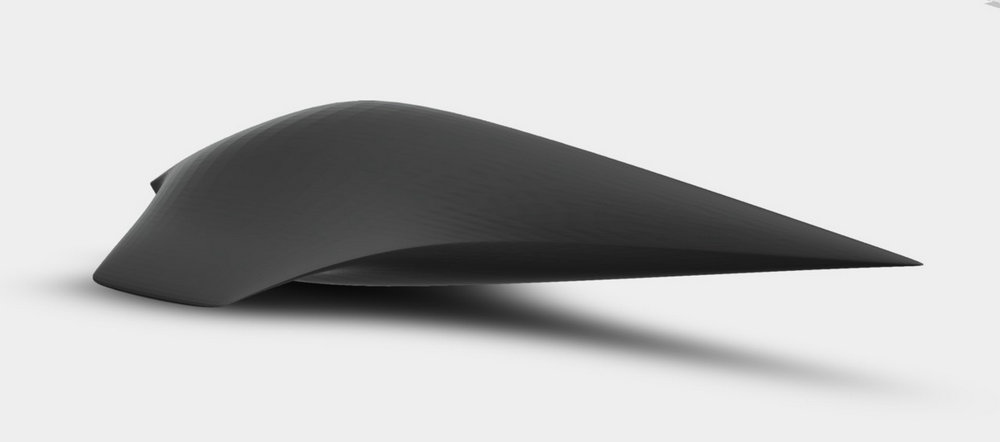
Introduction
With the rapid development of the aviation industry, the requirements for aircraft interior materials are becoming increasingly stringent. These materials must meet basic demands such as lightweight, environmental friendliness, and durability, while also ensuring passenger comfort and safety. Polyether ether ketone (PEEK), a high-performance engineering plastic, has found widespread application in the field of aircraft interiors due to its excellent properties.
Overview of PEEK Material
PEEK is a semi-crystalline polymer with outstanding heat resistance, chemical resistance, self-lubricating properties, radiation resistance, and good mechanical properties. These characteristics make PEEK an ideal material choice for the aviation sector.
Applications of PEEK in Aircraft Interiors
Seat Components
PEEK is used to manufacture various aircraft seat components, such as seat frames, armrests, and headrests, due to its lightweight and high strength. The use of PEEK helps reduce the weight of the seats, thereby lowering the overall weight of the aircraft and improving fuel efficiency.
Interior Panels and Decorative Parts
PEEK is also widely used in aircraft interior panels and decorative parts, such as wall panels, ceilings, and partitions. These components need to be aesthetically pleasing while also possessing fire resistance, impact resistance, and UV resistance. PEEK’s properties make it an ideal choice for these applications.
Kitchen and Lavatory Facilities
Aircraft kitchen and lavatory facilities require durable and easy-to-clean materials. PEEK, with its chemical resistance and ease of processing, is used to manufacture sinks, faucets, and storage cabinets.
Cable and Pipeline Protection
The internal cable and pipeline systems of aircraft require protection from wear and damage. PEEK’s wear resistance and temperature resistance make it suitable for use as protective coverings for cables and pipelines.
Advantages of PEEK Material
Lightweight: The lightweight nature of PEEK helps reduce aircraft weight, improving fuel efficiency.
Durability: PEEK's wear and chemical resistance provide long service life in aircraft interiors.
Fire Safety: PEEK's self-extinguishing properties and low smoke toxicity meet fire safety standards for aircraft interiors.
Environmental Friendliness: PEEK is recyclable, aligning with the aviation industry’s environmental requirements.
Conclusion
PEEK plays an increasingly important role in aircraft interiors due to its exceptional performance. With continuous technological advancements and the development of new materials, especially the maturation of PEEK 3D printing technology in recent years, the processing methods for PEEK have been perfected. The speed of new product development has significantly accelerated, broadening the application range of PEEK and contributing more significantly to the development of the aviation industry.

RFQ
What is the use of PEEK in aerospace?
In aircraft exterior parts, PEEK provides excellent resistance to rain erosion. In interior components, its inherent flame retardancy and low smoke and toxic gas emission reduce hazard in the event of a fire.
What is a PEEK in electronics?
PEEK is often used as the body for electrical connectors to minimize thermal expansion, provide chemical resistance, and to promote effective sealing.
What is PEEK material for space?
Poly-ether-ether-ketone (PEEK) is a unique polymer which has low density, high glass transition temperature, and stability at an ultra-high vacuum condition. In addition, high compliance of PEEK and ease of vacuum forming facilitate the development of complex geometric shapes.
Does PEEK conduct electricity?
PEEK, as a semi-crystalline polymer, possesses excellent electrical insulation properties, meaning it does not conduct electricity. However, being an insulator can lead to the accumulation of static charges on its surface when subjected to friction or rubbing against other materials.
What is PEEK material for aircraft?
PEEK tolerates friction and resists wear in dynamic applications like thrust washers and seal rings. PEEK resists the damage that can be inflicted in chemically aggressive operational environments. It can resist jet fuel, hydraulic fluids, de-icers and insecticides used in the aerospace industry.